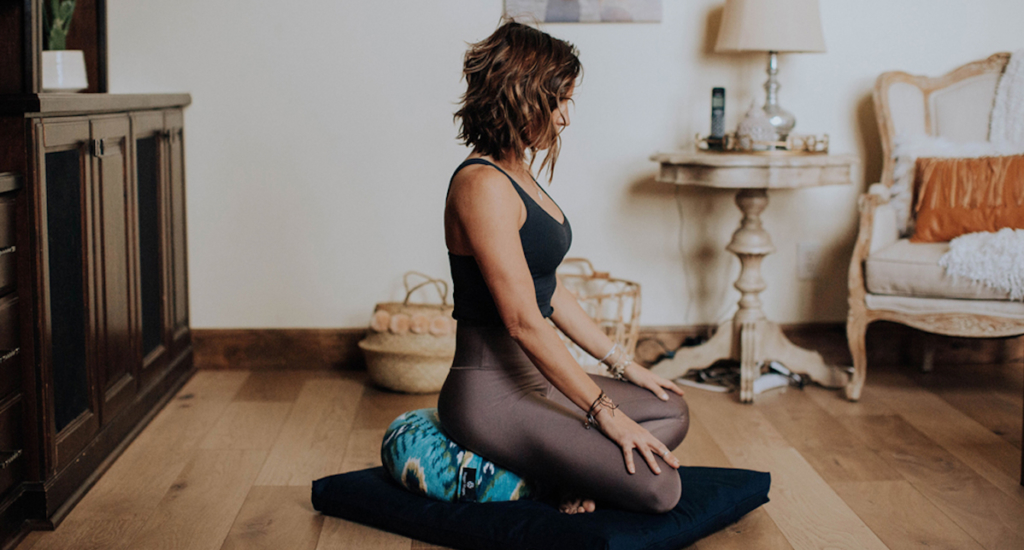
On January 22nd, a bright light gently flickered out. Vietnamese Zen master, Thich Nhat Hanh, 95, left his body. Nhat Hanh was known as a meditation teacher, peace activist, and a prolific author and poet. Author of more than 100 books, 75 in English, Thay (Vietnamese for “teacher”) is credited for popularizing mindfulness.
I first learned about Thich Nhat Hanh while on a 10-day silent mindfulness retreat on Maui in 1991. One of the retreat teachers read his poem, “Please Call Me By My True Names.” Even then, in the early years of my mindfulness practice, the poem resonated deeply. I’ve read and pondered it many times since. Each time, I feel that it brings me a millimeter closer to understanding the depth of compassion.
Since then, I’ve read many of his books. His book, No Death, No Fear, in particular, has been a great comfort. I’ve read it multiple times, whenever a beloved being—human or four-legged—has passed away. The book speaks of death not with finality, but as continuation. As with the above poem, I feel that each reading helps me understand the processes of life and death more deeply.
The Miracle of Walking on Earth
Nhat Hanh continually emphasized the importance of being present in this life. While sitting and walking meditation practice were integral to his teachings, just as important was to be present for your daily life. He invited students to “wash the dishes just to wash the dishes” rather than to wash dishes simply to get to the cup of tea they planned to enjoy afterward.
To Thich Nhat Hanh, miracles are available to everyone, in every moment. I particularly enjoy this quote:
“People usually consider walking on water or in thin air a miracle. But I think the real miracle is not to walk either on water or in thin air, but to walk on earth. Every day we are engaged in a miracle which we don’t even recognize: a blue sky, white clouds, green leaves, the black, curious eyes of a child—our own two eyes. All is a miracle.”
So, miracles are here and now, if only we look deeply. But how do we do this? I’ve found that one of the most effective ways for me to touch immediately into the present moment is a simple meditation I learned from a video of Thich Nhat Hanh decades ago. This meditation never fails to make me happy.
Arriving and Coming Home: A Meditation by Thich Nhat Hanh
In this meditation, we say affirmations to ourselves, coinciding with our breath. You can practice this sitting on your meditation cushion, during walking meditation, or at any time in your daily life. I like to practice it at times when I feel impatience arising, when I’m waiting at a stoplight or in a line at the grocery store. It always seems to calm my agitated mind.
On an inhalation, say to yourself, “I have arrived.”
On an exhalation, say to yourself, “I am home.”
That’s it. You can practice this in different ways. Sometimes I start my sitting meditation with a few rounds and then let it go. Other times I start with a few rounds, let it go, and then come back to it later. Still other times, I’ll do it almost for the entire duration of my practice.
There are several more verses you can practice as well, although I often find the above two verses to be enough. After saying the first two verses you can say some or all of these next ones:
On an inhalation: “In the here.”
On an exhalation: “And the now.”
On an inhalation: “I am solid.”
On an exhalation: “I am free.”
On an inhalation: “In the Ultimate.”
On an exhalation: “I dwell.”
For many years, I practiced just the first two phrases. Then I added the second two for quite a few years. I’ve only recently begun practicing the last four phrases regularly. Feel free to adapt this practice to fit your own meditation.
